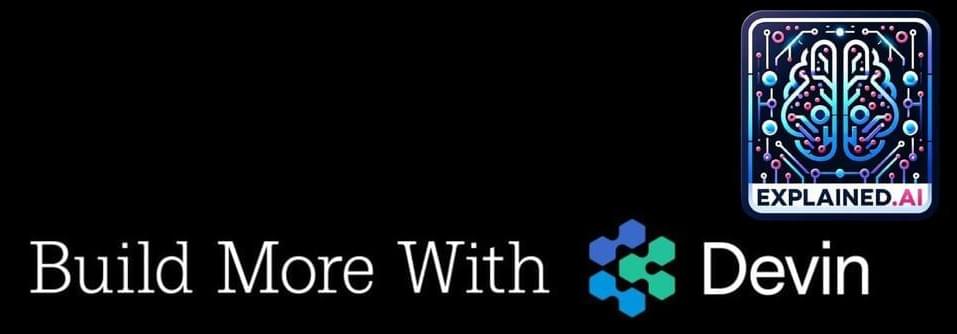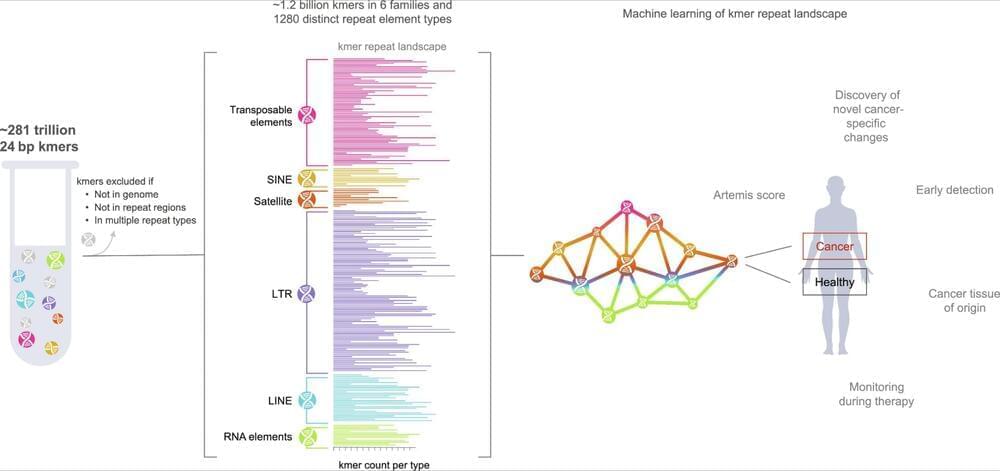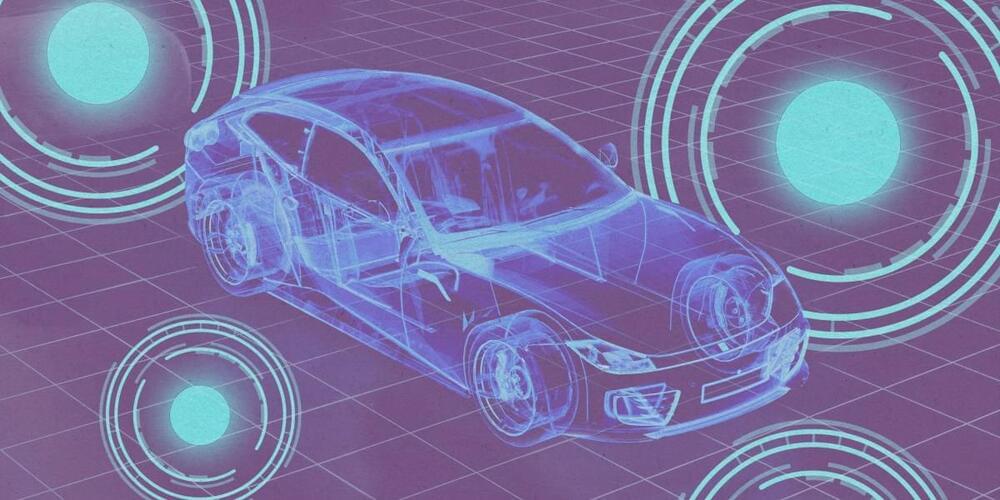Calum and David recently attended the BGI24 event in Panama City, that is, the Beneficial General Intelligence summit and unconference. One of the speakers we particularly enjoyed listening to was Daniel Faggella, the Founder and Head of Research of Emerj.
Something that featured in his talk was a 3 by 3 matrix, which he calls the Intelligence Trajectory Political Matrix, or ITPM for short. As we’ll be discussing in this episode, one of the dimensions of this matrix is the kind of end goal future that people desire, as intelligent systems become ever more powerful. And the other dimension is the kind of methods people want to use to bring about that desired future.
So, if anyone thinks there are only two options in play regarding the future of AI, for example “accelerationists” versus “doomers”, to use two names that are often thrown around these days, they’re actually missing a much wider set of options. And frankly, given the challenges posed by the fast development of AI systems that seem to be increasingly beyond our understanding and beyond our control, the more options we can consider, the better.






